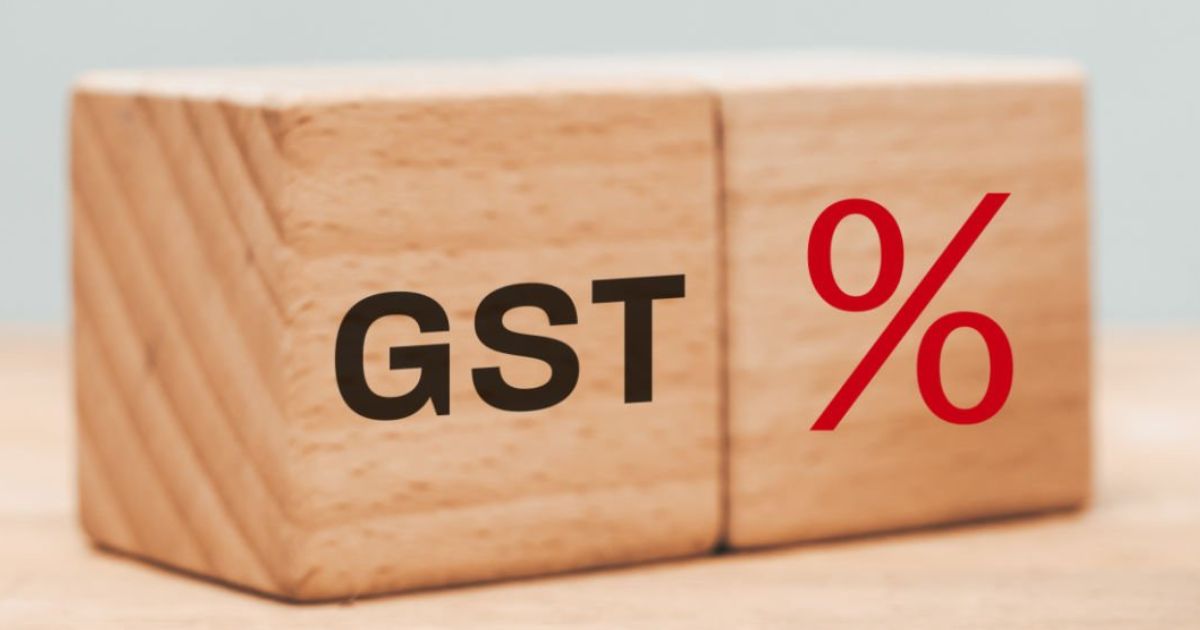In the fiscal year 2023-24, approximately 70-75% of GST revenues were generated from the 18% tax slab, while the 12% slab contributed just 5-6% of the total collection. Additionally, the 5% slab accounted for only 6-8% of the GST revenue, while the highest 28% slab contributed 13-15% to the overall revenue, according to data shared by Minister of State for Finance Pankaj Chaudhary in the Lok Sabha on December 4.

GST Revenue Distribution: An Overview
The breakdown of GST revenues (excluding compensation cess and other payments) in FY 2023-24 highlights an imbalance across the existing four-tier tax structure:
- 18% slab: 70-75% of total GST revenue
- 28% slab: 13-15% of total GST revenue
- 12% slab: 5-6% of total GST revenue
- 5% slab: 6-8% of total GST revenue
This distribution underlines the dominance of the 18% slab in driving the majority of GST collections, while the lower and higher slabs contribute relatively less.
GST Rate Rationalisation: A Step Toward Revenue Growth
The GST Council has set up a six-member Group of Ministers (GoM), led by Bihar Deputy Chief Minister Samrat Chaudhary, to explore the rationalisation of GST rates and the potential merger of slabs. The aim is to increase GST revenues and address the growing concerns over the average GST rate falling below the revenue neutral rate (RNR) of 15.3%, which was recommended by an earlier committee led by former Chief Economic Advisor Arvind Subramanian.
Currently, the GST rate structure includes slabs at 5%, 12%, 18%, and 28%. Essential items are typically taxed at the lowest slab, while luxury and sin goods face the highest slab, often with an additional cess.
The Need for GST Rate Reforms
The average GST rate for FY 2023-24 stood at just 11.64%, significantly lower than the desired RNR of 15-15.5%. This discrepancy is fueling the ongoing discussions on GST rate rationalisation to improve tax revenue generation and streamline the tax structure.
No Tensions Between Centre and States on GST
Addressing concerns about potential friction between the Centre and states over GST revenue sharing, Finance Minister Nirmala Sitharaman clarified that there was no bitterness on the matter. She confirmed that GST shares to states are regularly settled as per the GST law, ensuring a smooth process for revenue distribution.
What Lies Ahead for GST Reform
As the GoM prepares to submit its recommendations, the GST Council is expected to deliberate on reforming the GST framework, potentially leading to higher revenue collection and a more balanced approach to taxation across different sectors. These changes could have a significant impact on both businesses and consumers, aligning the tax system more closely with economic needs and revenue targets.





 CAclubindia
CAclubindia
